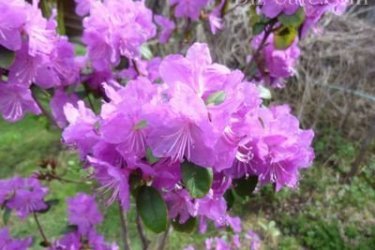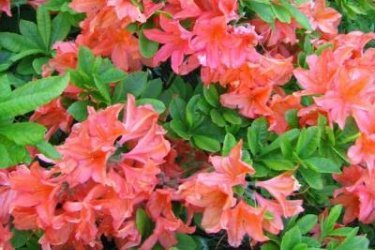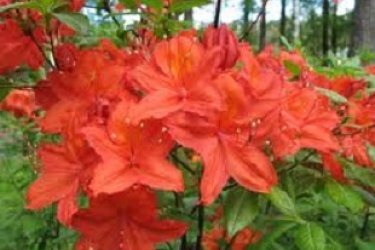Rhododendron
Without exaggeration, we can say that rhododendrons are exactly those ornamental shrubs that can decorate the garden with spectacular long-term flowering throughout the spring and early summer season. It should be noted that the flowering of these plants lasts at least a month.
Growing rhododendrons, care rules
Often the first attempt to plant a plant ends in failure, it:
- develops poorly;
- does not bloom;
- dies after wintering.
The gardener is not always the culprit; the reason often lies in the wrong selection of varieties. When purchasing a rhododendron seedling, you should clarify the winter hardiness of the variety, many plants cannot withstand severe frosts, even with proper wintering arrangements.
Those with no experience in growing rhododendrons are advised to choose only frost-resistant varieties for planting, for example, the Japanese rhododendron Grandma.
To get strong, healthy bushes that delight you with long-term flowering every year, you will need to follow the rules of care.
It is recommended to choose a slightly shaded area for planting. Spread peat and mineral fertilizers enriched with microelements are added to the soil.
Since the plant is moisture-loving, it will need to be watered systematically, especially in hot weather.
Provide rapid growth and formation of numerous buds The introduction of high-quality fertilizers will help, you can use Kemira-Lux.
How to propagate rhododendrons
Different methods of reproduction can be used:
- creation of layering;
- sowing seeds;
- cuttings;
- graft.
Experienced gardeners recommend using propagation by layering, as the method is the simplest and most natural for the plant.
Laying of shoots is carried out in the spring; with systematic watering, by autumn or next spring you can obtain a high-quality seedling with a well-developed root system. It is separated from the mother plant and transplanted to a new location.
Wintering rhododendron
For overwintering plants, it is recommended to build an arched shelter from arches, such as are used in the construction of greenhouses for seedlings. The arcs should be higher than the bushes.
With the onset of cold weather, the arcs are covered with non-woven covering material, then with polyethylene film.
Snow is used as insulation, which is used to debon the shelter.
With the onset of the spring thaw, the snow is removed from the shelter, and with the cessation of frost, the shelter itself is removed. It allows you to save all the branches of the plant, as well as the flower buds on them.
A plant that has wintered well has abundant flowering; neither the leaves nor the branches themselves are visible behind the multi-flowered inflorescences.



